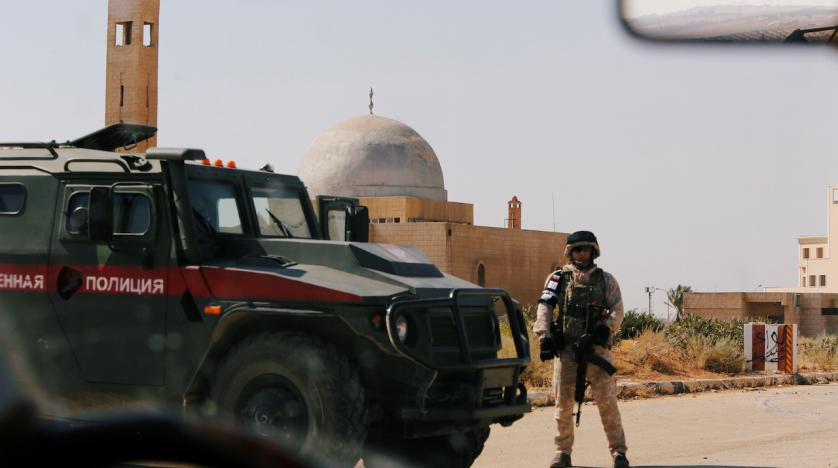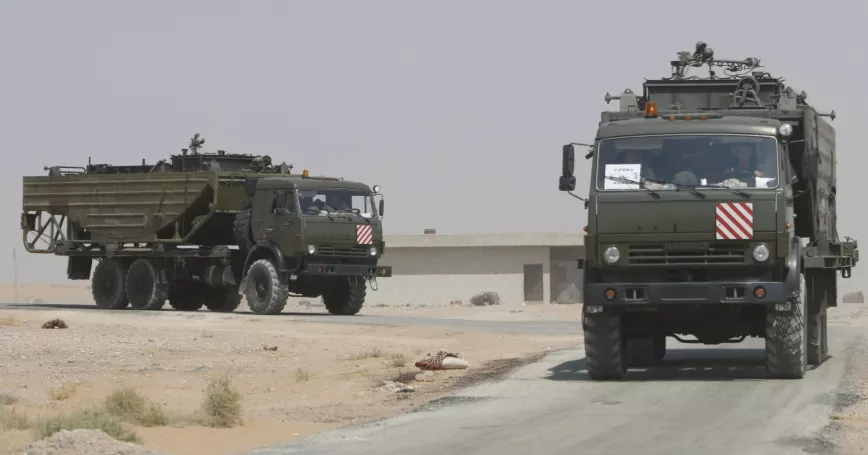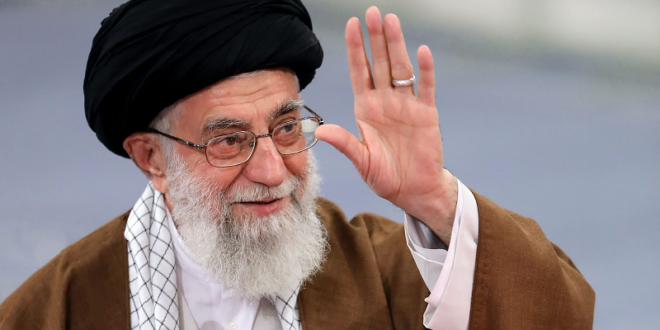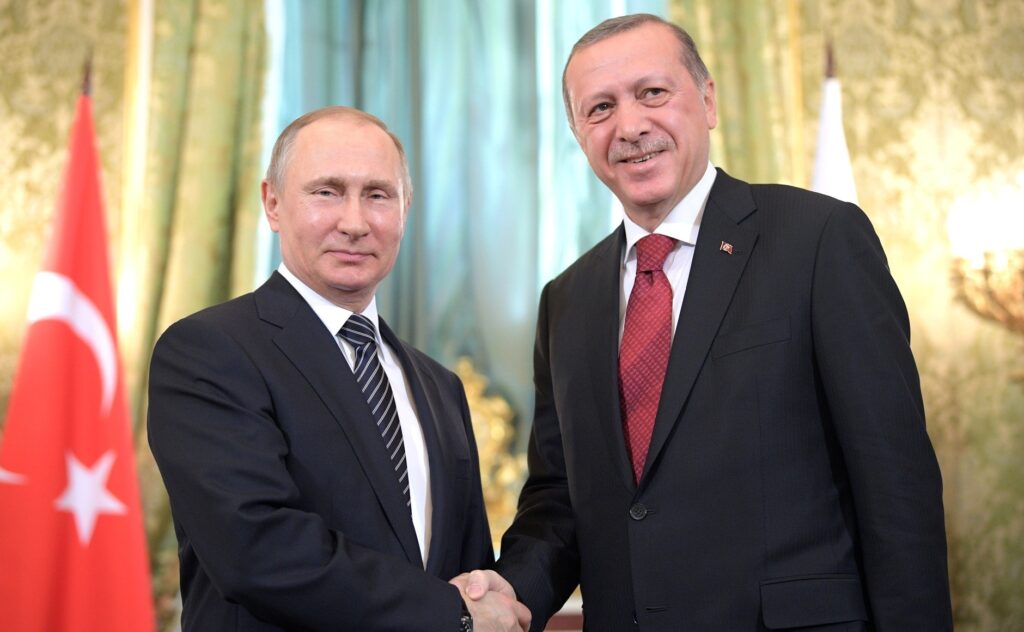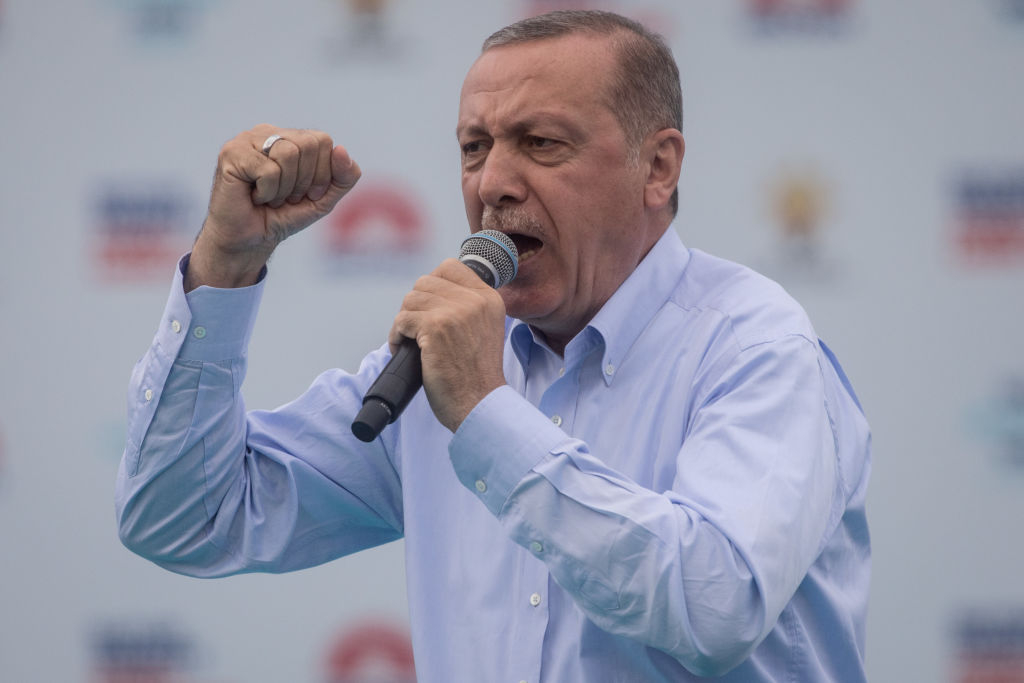Behind Ukraine’s Turkish Drones, Erdogan’s Interests Home and Abroad

Ukraine is using its Turkish-made armed drones to deadly effect against Russian forces. Turkey’s president benefits too.
Given its effectiveness against Russian forces, it should come as no surprise that Turkey’s Bayraktar TB-2 armed drone has its own Ukrainian ‘war song’ on YouTube, with more than half a million clicks.

